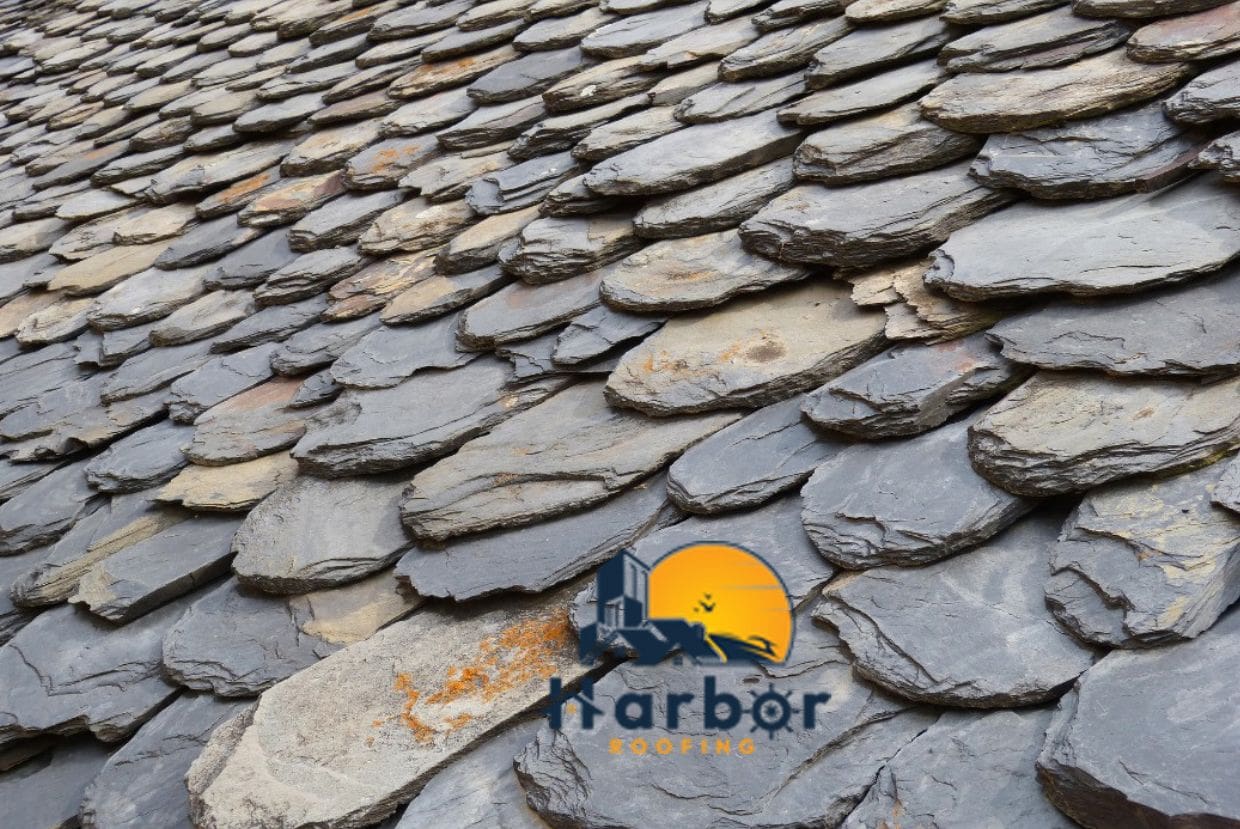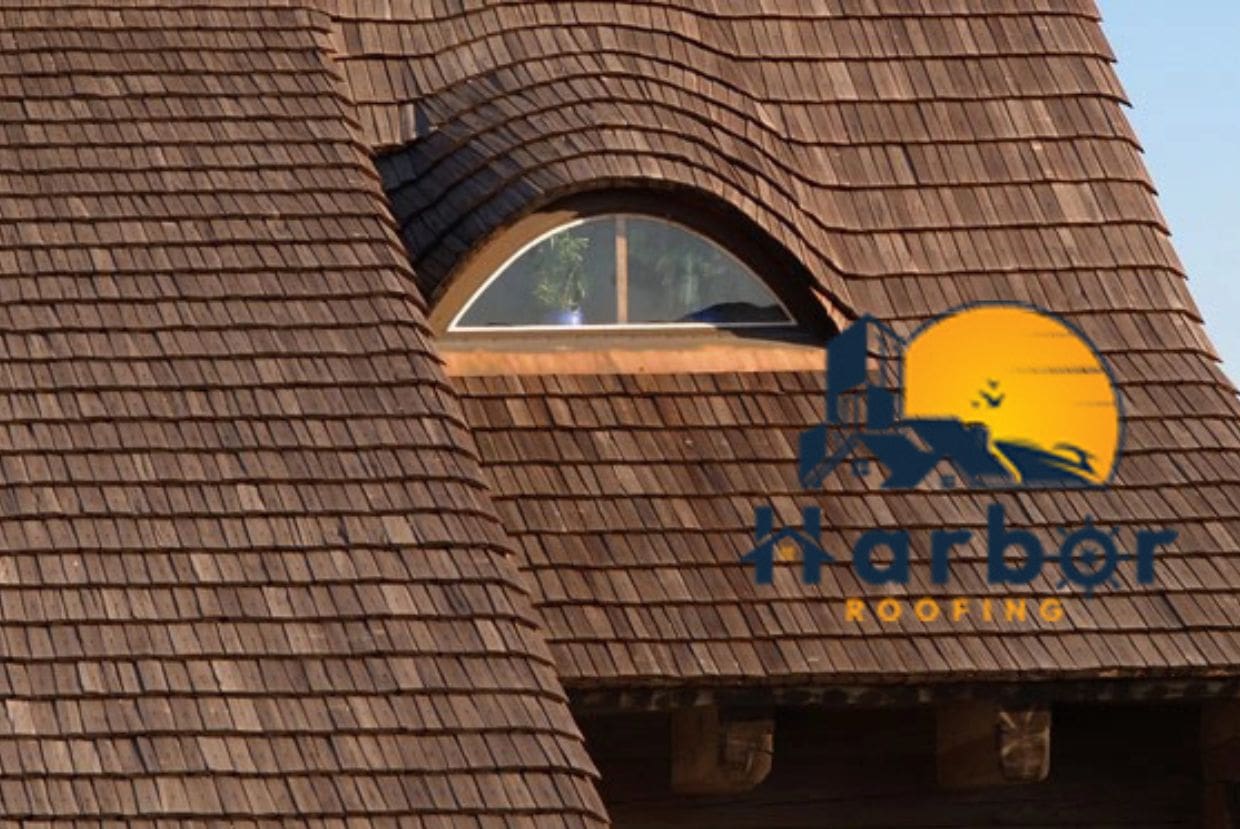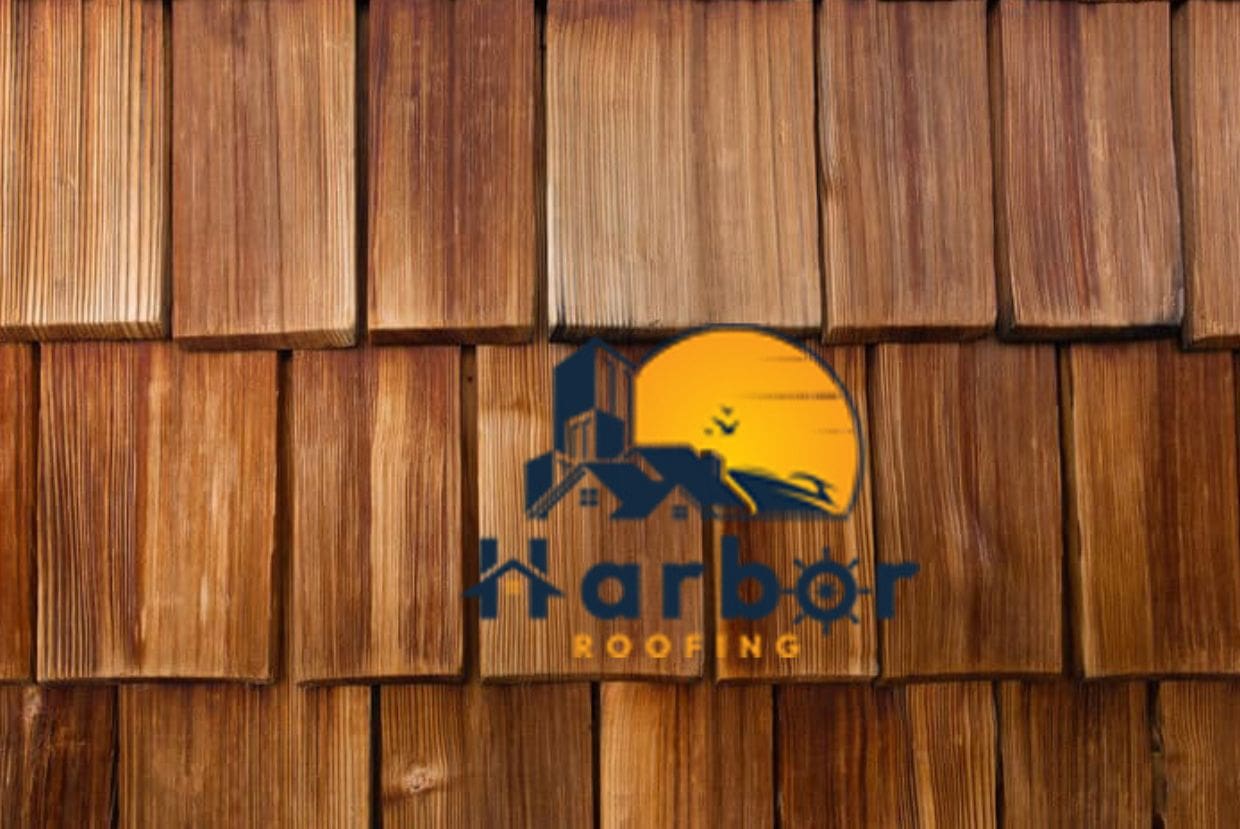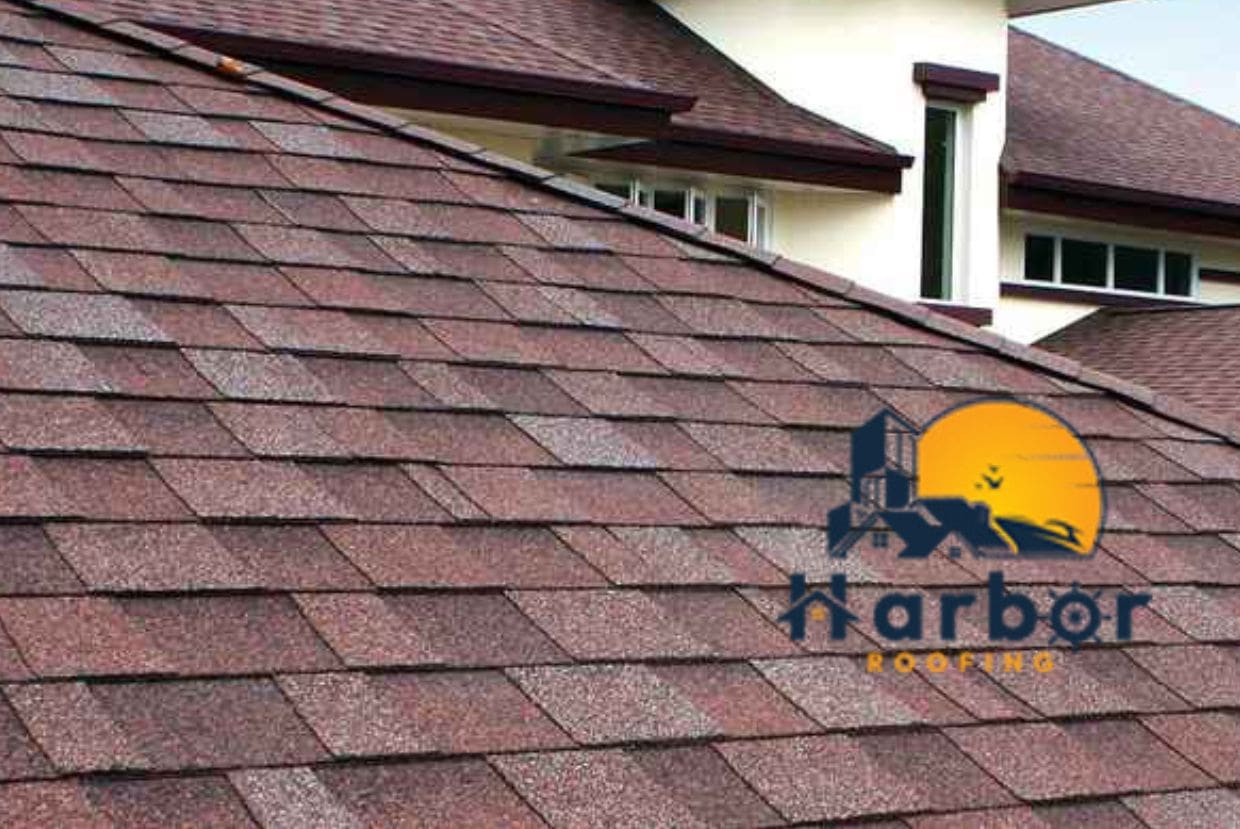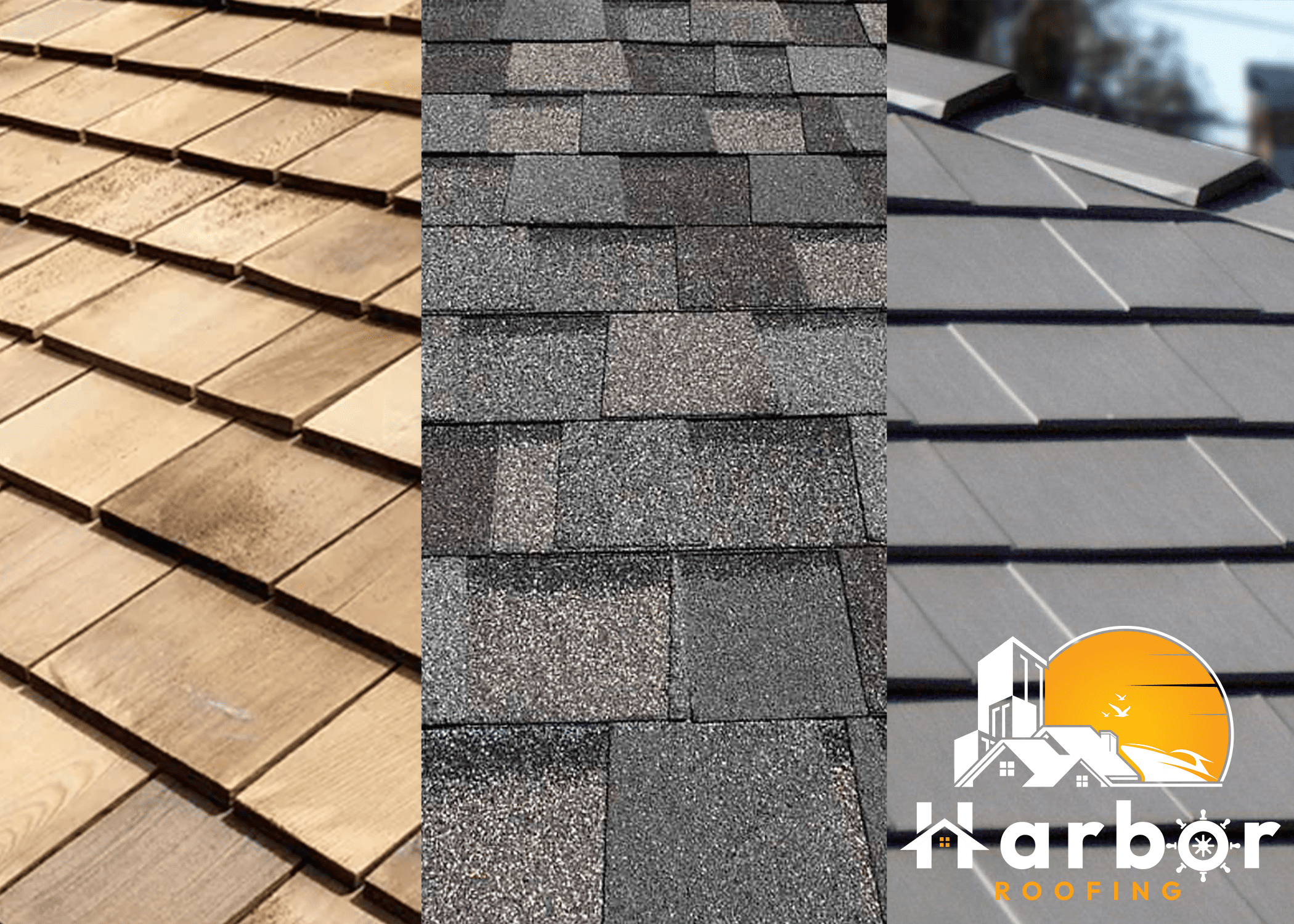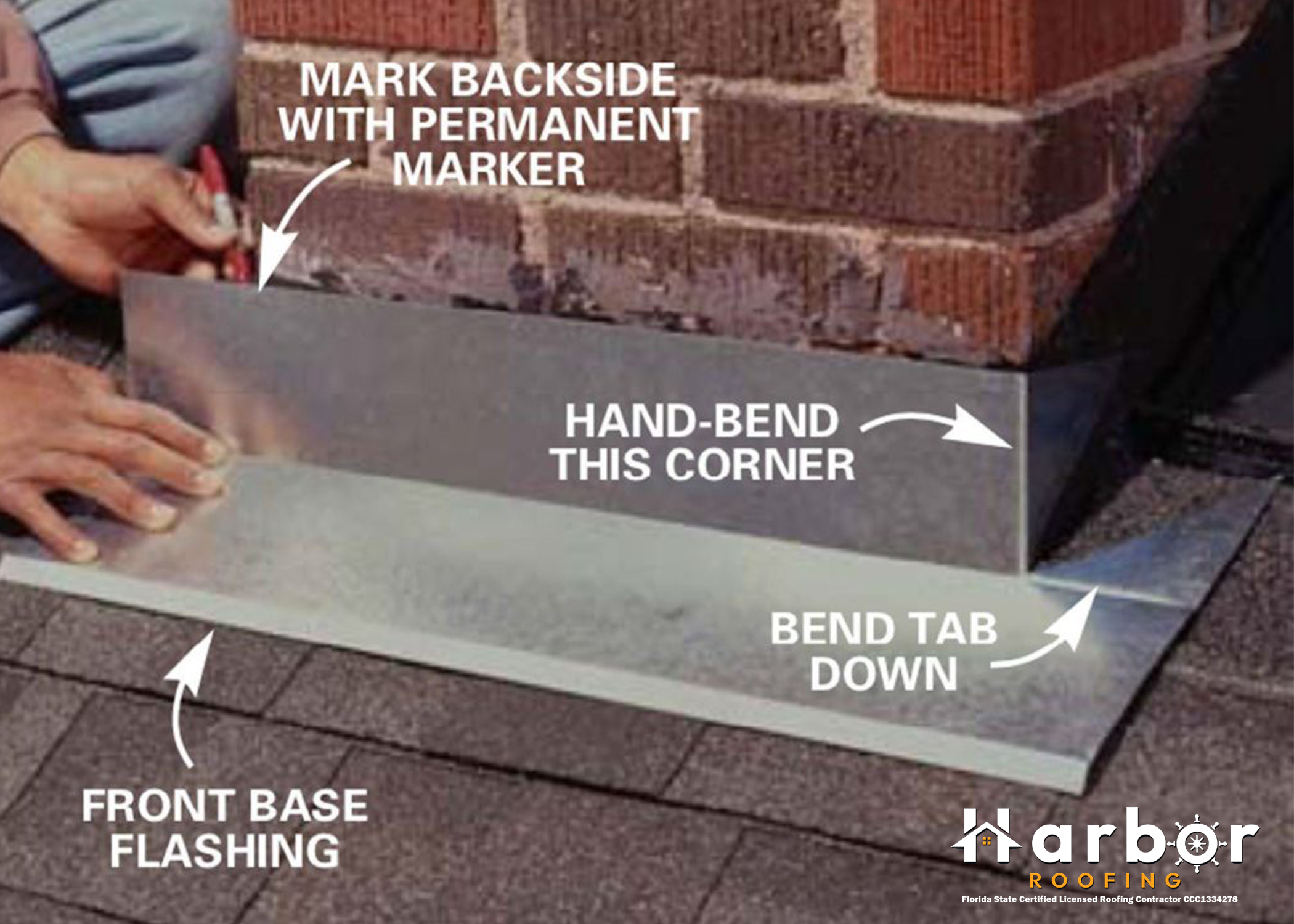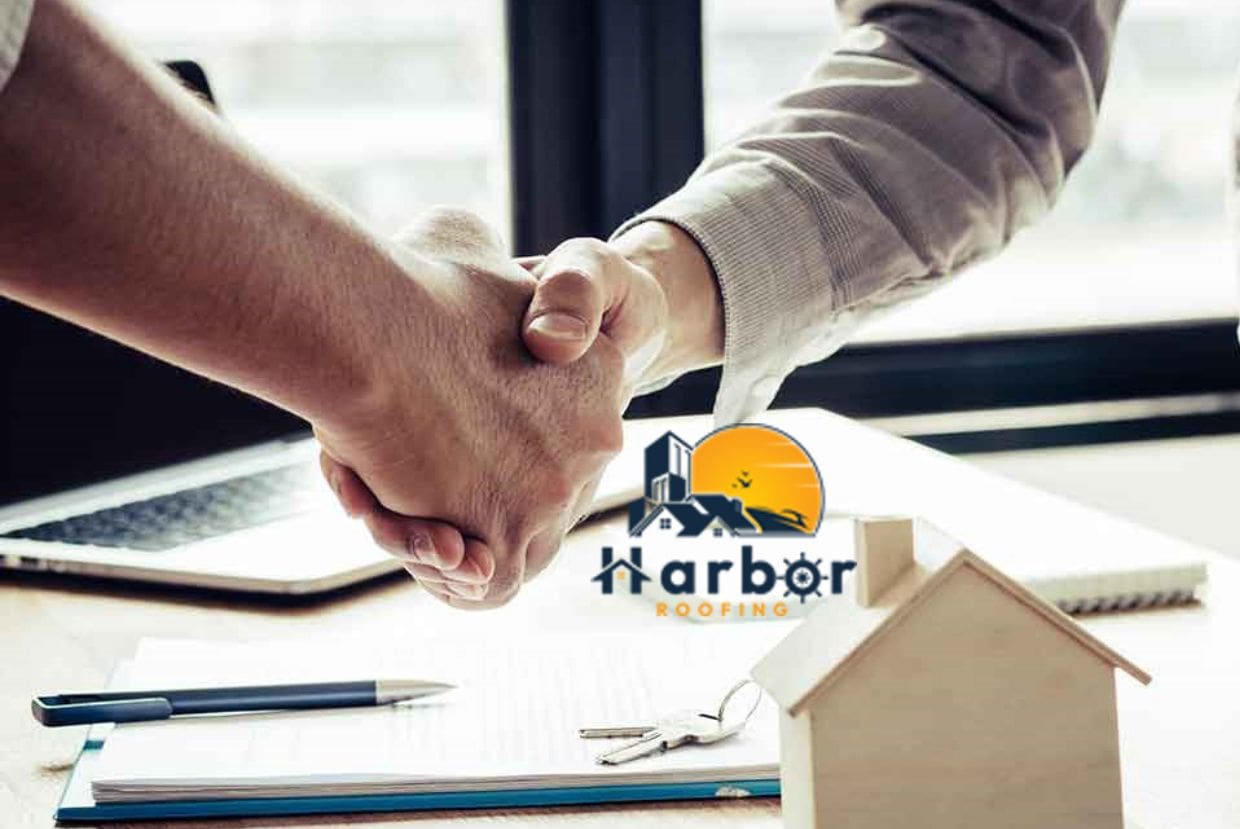The warm, humid climate is why cedar shake roofs, known for their rustic appeal and longevity in some regions, don’t do well in Florida. The state’s weather, with its high temperatures, bright sunshine, and regular downpours, makes cedar shake roofing unsuitable.
Although cedar shake roofs do well in cooler, drier climates, Florida’s heat, humidity, and high rainfall combine to create serious problems that shorten their lifespan and reduce their effectiveness. Stay with me to learn more about why cedar shake roofs don’t do well in Florida.

4 Reasons Why Cedar Shake Roofs Don’t Do Well in Florida
Easily Damaged by Humidity
The excessive humidity in Florida hastens the growth of algae, mold, and mildew on cedar shake roofs. These organisms find frequent moisture exposure to be the perfect breeding site, which results in ugly stains and discoloration. These growths not only detract from the roof’s visual appeal but may eventually weaken its structural stability.
Aging and Vulnerability under Intense Sunshine
Cedar ages more quickly in its natural state because of the intense Florida sunshine. The wood becomes dry and loses its natural oils due to continuous exposure to UV radiation, increasing its vulnerability to splitting, warping, and cracking. High temperatures and extended sunshine can cause the cedar shakes to deteriorate more quickly, making them less resilient to the weather.
Susceptibility to Severe Weather and Pests
Severe weather, such as hurricanes and tropical storms, is typical in Florida. Cedar shake roofs may not have the requisite resilience to resist the impact of these catastrophic storms since they are more prevalent in areas with milder weather patterns. Hurricane-like strong winds can lift and displace individual shakes, which may result in roof damage. Heavy rains may also put the roof’s structural integrity in danger, making the moisture-related issues worse.
The fact that Florida is home to pests like termites and other insects that eat wood is another thing to consider. Despite having a natural defense against some pests, cedar may eventually give in to their ravenous appetite.
Requires High Maintenance
Compared to more conventional roofing materials used in Florida, including metal or concrete tiles, cedar shake roofs need more upkeep to withstand the harsh weather. Routine sealant and preservative treatments strengthen the wood’s defenses against moisture, UV light, and bugs. The difficulties presented by Florida’s weather, even with careful upkeep, can offset the advantages of cedar shake roofing.
Even though cedar shake roofs are a standard option in some regions, Florida’s high humidity, strong sunshine, frequent rainfall, and the possibility of severe weather events negatively affect their effectiveness. In order to ensure a more durable and robust roof for their houses, homeowners in Florida looking for roofing solutions should carefully analyze the environmental difficulties and choose materials better suited to the region’s climate.
Pros and Cons of Cedar Shake Roofs
Given its exceptional durability, cedar is an excellent roofing material choice for Florida residents. There are many kinds of cedar shake shingles, each promising to give your house a stylish look.
The following advantages and disadvantages of cedar shake or shingle roofing may assist you in choosing your roofing solution:
Pros
- Nice aesthetics: Many people consider cedar shakes and shingles one of the most beautiful roofing materials. They guarantee to enhance your home’s elegance and refinement, considerably raising its curb appeal and value. Depending on the kind and design of cedar roofing you select, your house might have the atmosphere of a country cottage or an exquisite chalet.
- Excellent insulation from heat: With its natural insulating qualities, cedar offers homeowners up to double the insulation value of asphalt shingles. You may lower your energy costs and save energy for heating and cooling by installing cedar wood shingles.
- Environmentally friendly: Cedar roofing is a renewable, recyclable, and environmentally friendly material. In addition to that, there’s an increasing number of producers who are intentional about getting cedar in an environmentally friendly manner. Replanting also occurs for the trees manufacturers use to make roofing material.
- Long useful life: Experts in roofing consider cedar shake roofing incredibly durable and long-lasting, sometimes lasting up to 30 years with regular maintenance. They also have a remarkable strength-to-weight ratio. This guarantees that they will rarely split or shrink over time. They remain flat and straight.
Cons
- Expensive: Cedar shake roofing is far more expensive than other roofing materials, even if it provides better performance and aesthetics when compared to asphalt shingles. Because cedar needs more resources to set up and install than other roofing materials, cedar roofing may break your budget.
- Risk of fire: In contrast to a fireproof metal roof, cedar shakes may catch fire. You should budget a significant amount for roof insurance if you reside in a region with a high fire risk.
- High upkeep: How well you maintain your cedar roof will determine how long it lasts. All roofing materials require some upkeep to preserve their durability. However, cedar roofs demand far more frequent and thorough inspections and care. It is necessary to plan for routine maintenance to stop mold, moss, and mildew formation.
Tips for Maintaining Your Cedar Shake Roof
Take Out Debris
Debris traps moisture and provides the ideal environment for fungi that damage wood. This fungus can damage your cedar shakes, necessitating costly repairs and reducing the longevity of your roof. During your upkeep, make sure you get rid of all sticks, leaves, and pine needles from your cedar roof.
Remove Overhanging Branches
Removing branches that hang over your roof will significantly reduce the likelihood that one of the branches will fall and damage it. It will also help your roof dry up more quickly, lessening the possibility of mold growing on it.
Use Protective Treatment
Every three to five years, add protective treatments to your maintenance schedule for your cedar shake roof. Without these treatments, your cedar shakes run the risk of buckling, rotting, deteriorating, and even burning. Professionally apply fungicides, algaecides, and fire and water repellents to the shakes to avoid this.
Clean Your Gutters
To prevent moisture damage to your home’s roof and foundation, your roof has gutters that allow flowing water to drain away from your house and roof. Water will accumulate in your gutters if you don’t clean and maintain them.
Your cedar roof may eventually suffer from this accumulation and lose structural integrity. Ensure that your routine maintenance for your cedar shake roof includes gutter cleaning to prevent this.
Repair or Replace Damaged or Missing Shakes
Even though cedar shakes are water-resistant, rot can still occur if the moisture content exceeds 20 percent. So, you must examine your roof and repair any damaged cedar shakes as soon as possible by hiring a qualified roofer.
Additionally, you might want to look for any fractures in your roof. Make sure you get in touch with an expert if you discover that the cedar shakes are cracked.
Conclusion
When weighing the pros and cons from an economic, environmental, and practical standpoint, alternative roofing materials become attractive options for Florida homeowners. Selecting materials that are particularly engineered to endure the distinct difficulties of the area guarantees not just visual appeal but also durability and sustainability, resulting in a more prudent and long-lasting investment in the face of the Sunshine State’s harsh environment.
Frequently Asked Questions
How much does a cedar shake roof cost?
The cost of a brand-new, 3,000-square-foot cedar shake roof can range from $18,000 to $25,000, depending on the materials, location, and size of the roof that you choose.
Why are cedar shake roofs not good for Florida?
Cedar shake roofs may not work well in Florida due to the region’s hot and humid climate. The high humidity can lead to moisture retention in the wood shakes, promoting mold growth, mildew, and rot. Additionally, the intense sunshine and UV radiation can cause faster deterioration and discoloration of the wood, lowering the roof’s lifespan.
Are there alternative roofing materials better suited for Florida’s climate?
Yes, some roofing materials work better in Florida’s weather. Metal roofs, asphalt shingles, and concrete tiles are all popular options. Because these materials are stronger against water, mold, and UV damage, they will last longer in Florida’s harsh weather. Metal roofs, in particular, are great at standing up to high winds and fires, which makes them a good choice for Florida homes.
